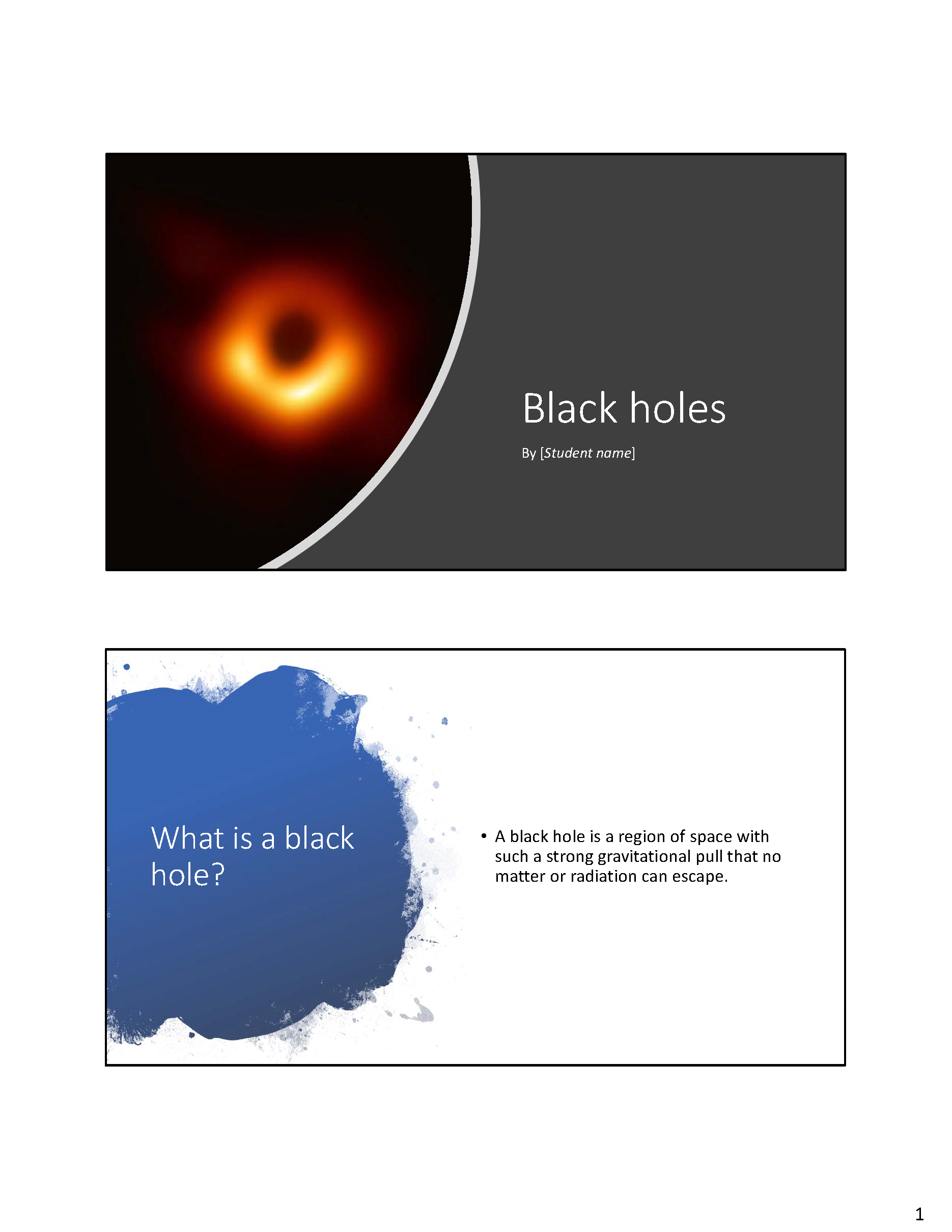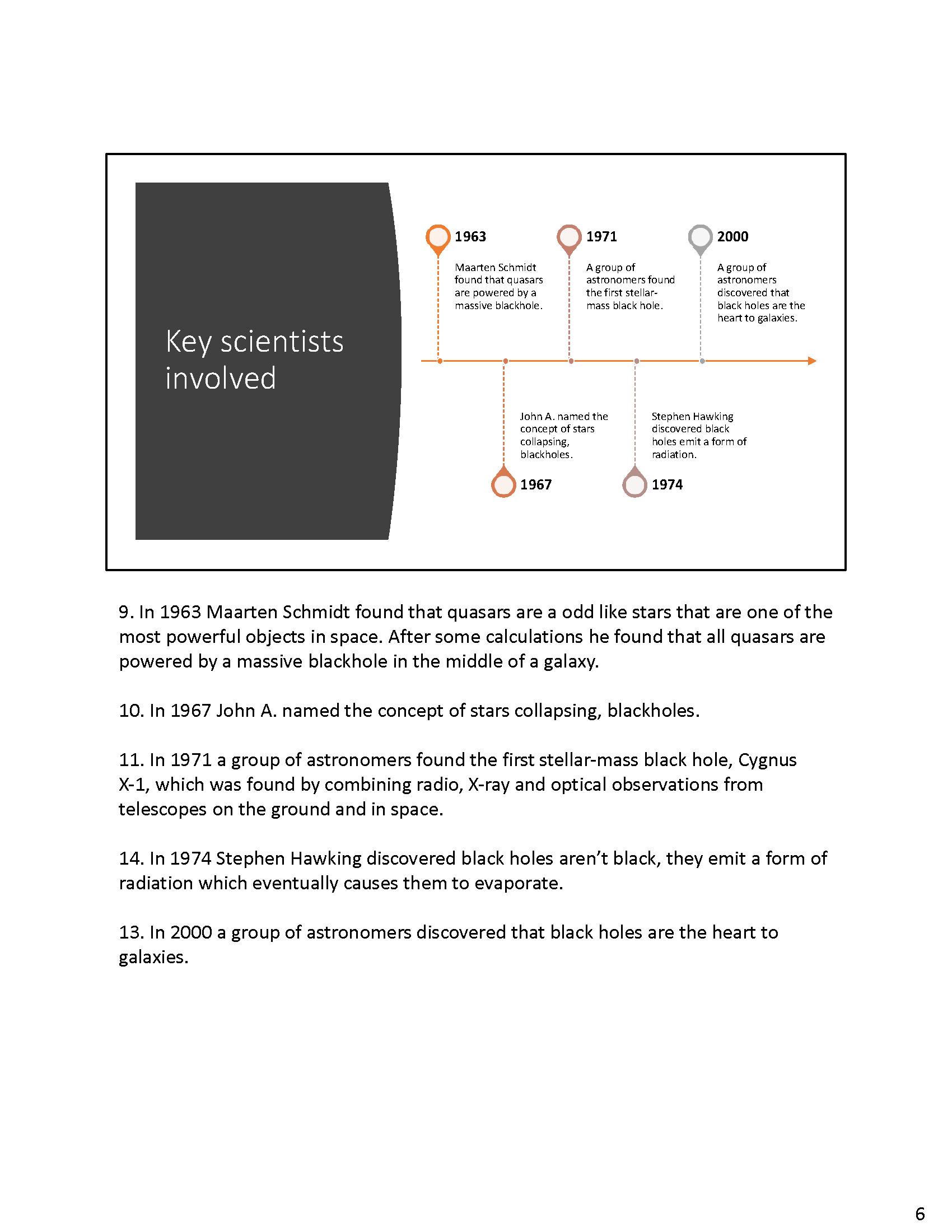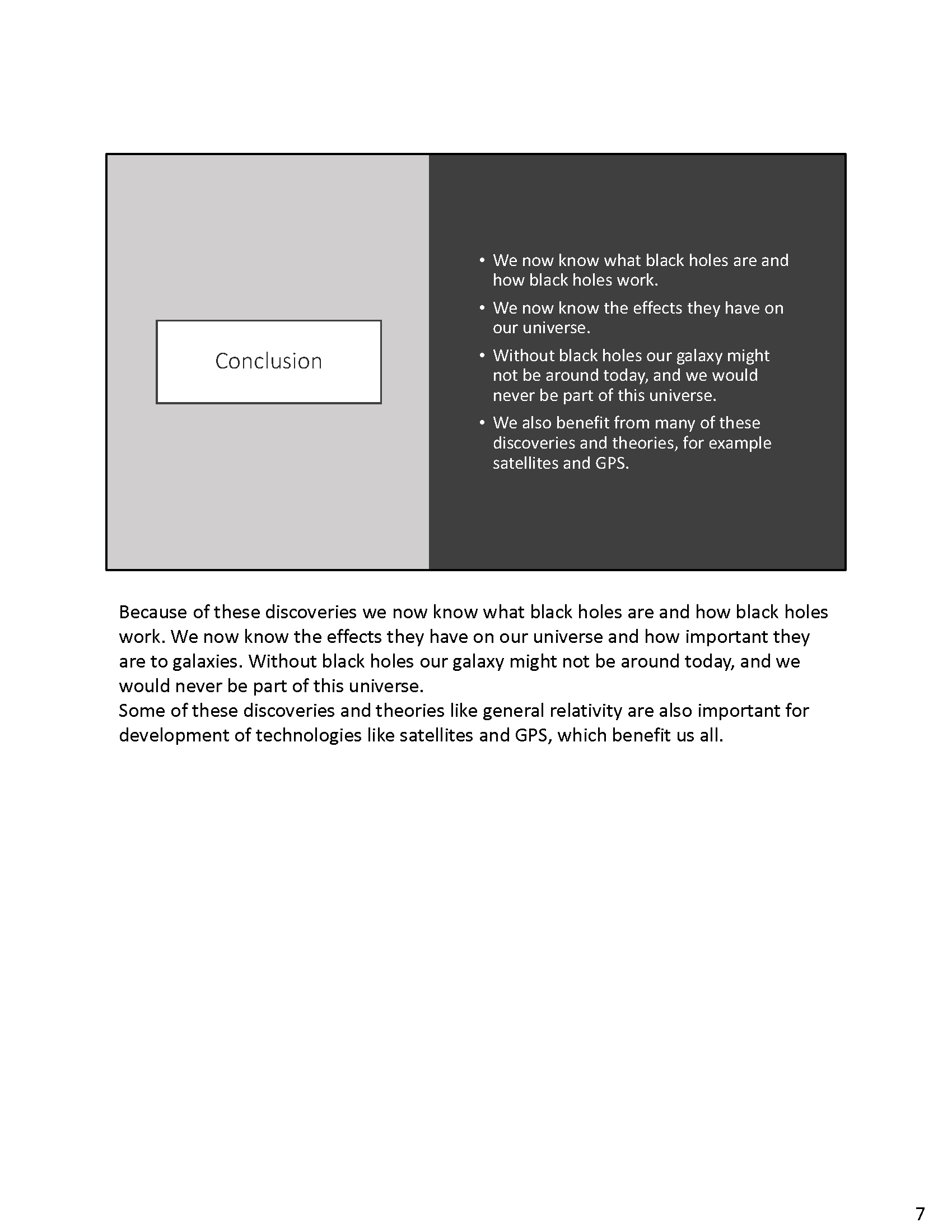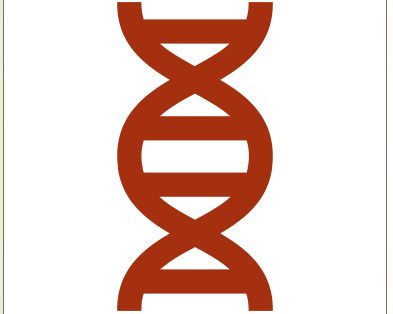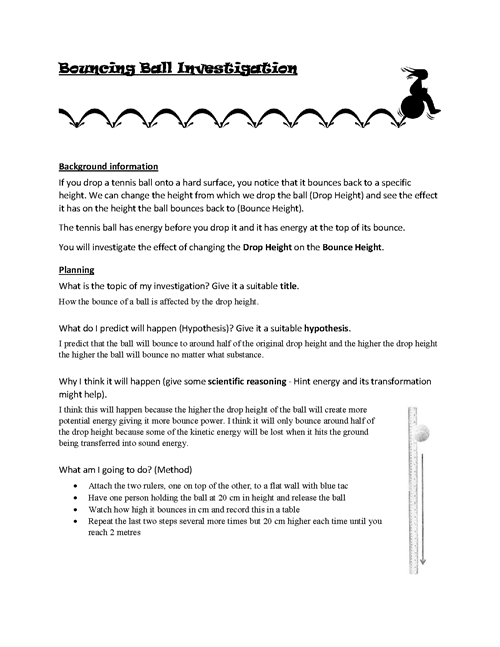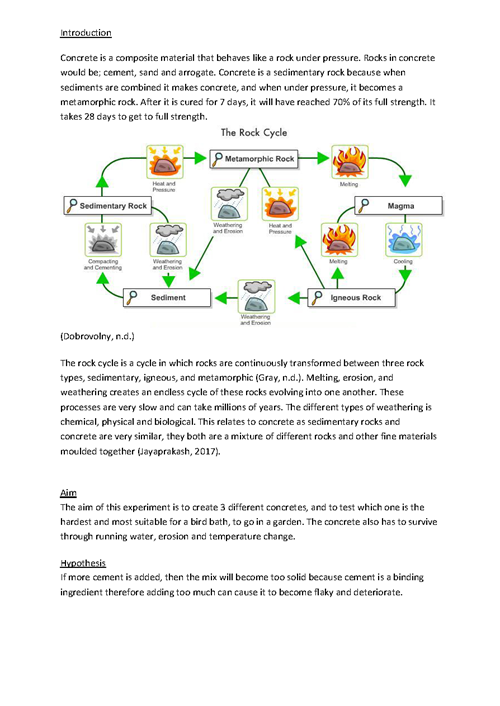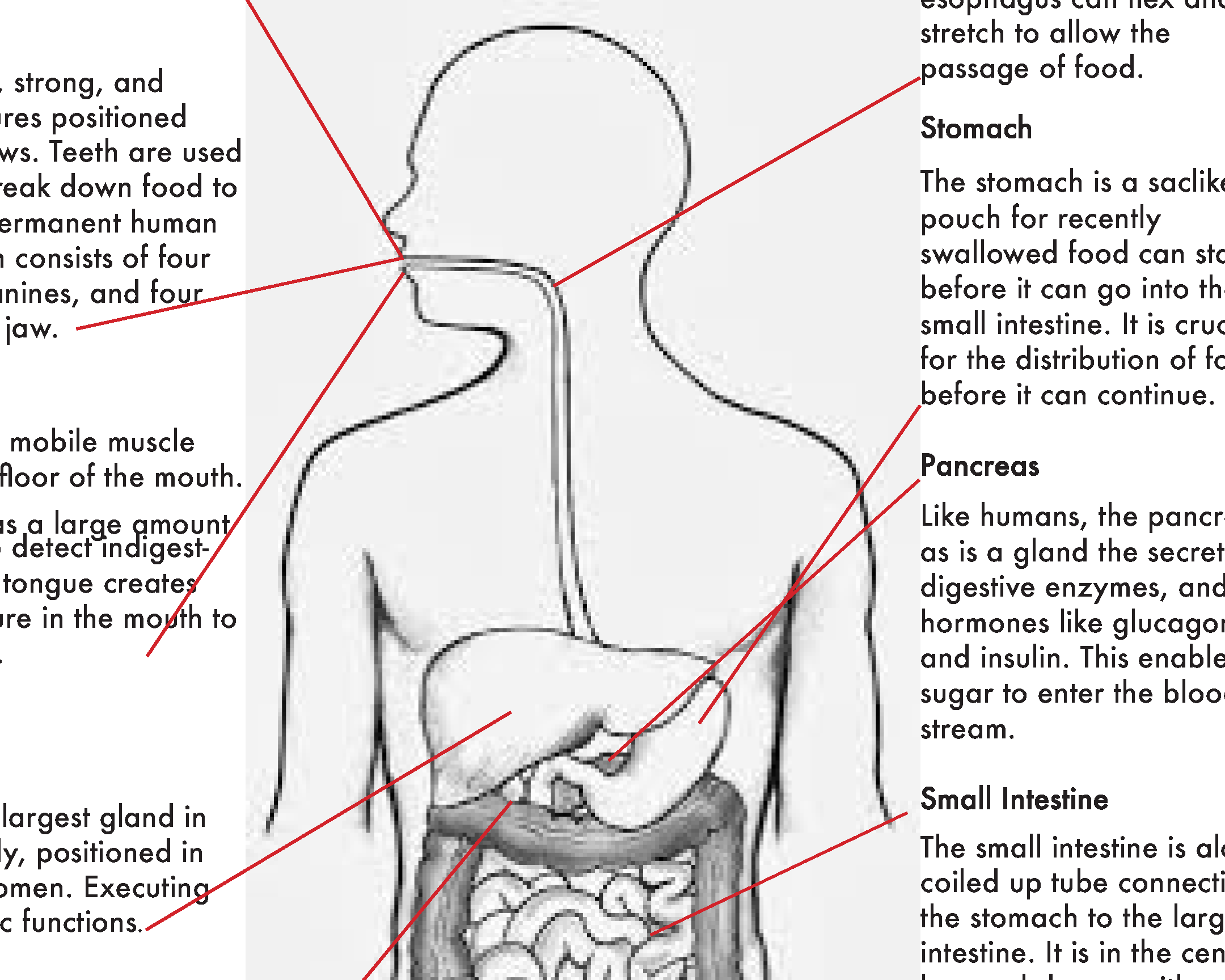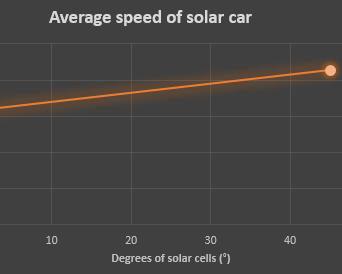How an idea changes
Summary of task
This task was designed to address the aspects of the Year 8 achievement standards that relate to science as human endeavour. Students were asked to research a ‘big idea’ in science and create a presentation in which they explain how that idea has developed over time, who has contributed to its development, and how it has impacted on peoples’ understanding of the world.
Students were given free choice of the topic they wanted to research, allowing them to engage in an area of science that they were interested in or passionate about. While this task did not explicitly link to science understanding content specified for this year level, students who struggled to choose a topic were encouraged to consider topics relating to the geology or chemistry units that they studied during the semester.
Students were given the following scaffolding questions to help them narrow their research and focus on the outcome being assessed:
- What is your ‘big idea’ in science?
- Which areas of science were involved in developing your ‘big idea’?
- How was your ‘big idea’ developed over time? Who are the key scientists who have been involved in its development?
(Students were asked to provide at least two milestones in the history of the work leading up to the ‘big idea’ and at least two scientists who are considered fundamental its development.) - How has your ‘big idea’ and the scientific discoveries associated with it impacted peoples’ understanding of the world?
Students were asked to create either a video or a presentation in digital format and present their findings to their peers. They were asked to submit their digital solutions as well as their presentation scripts.
Students completed the task both in class and at home over the course of four weeks, encompassing approximately four hours in-class time and two hours of work at home.
